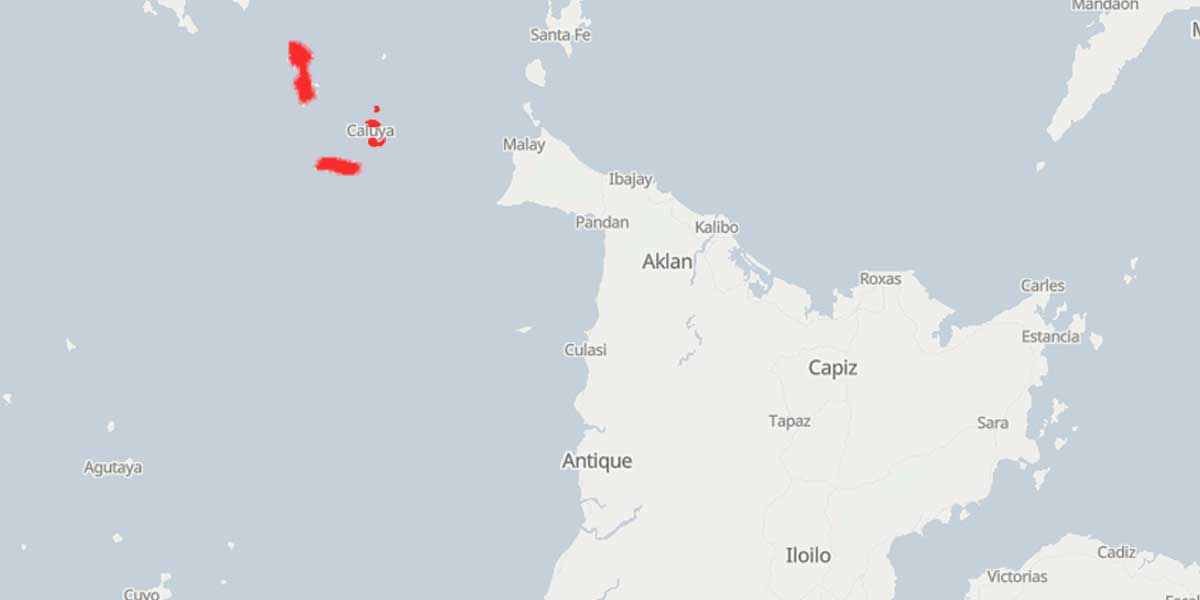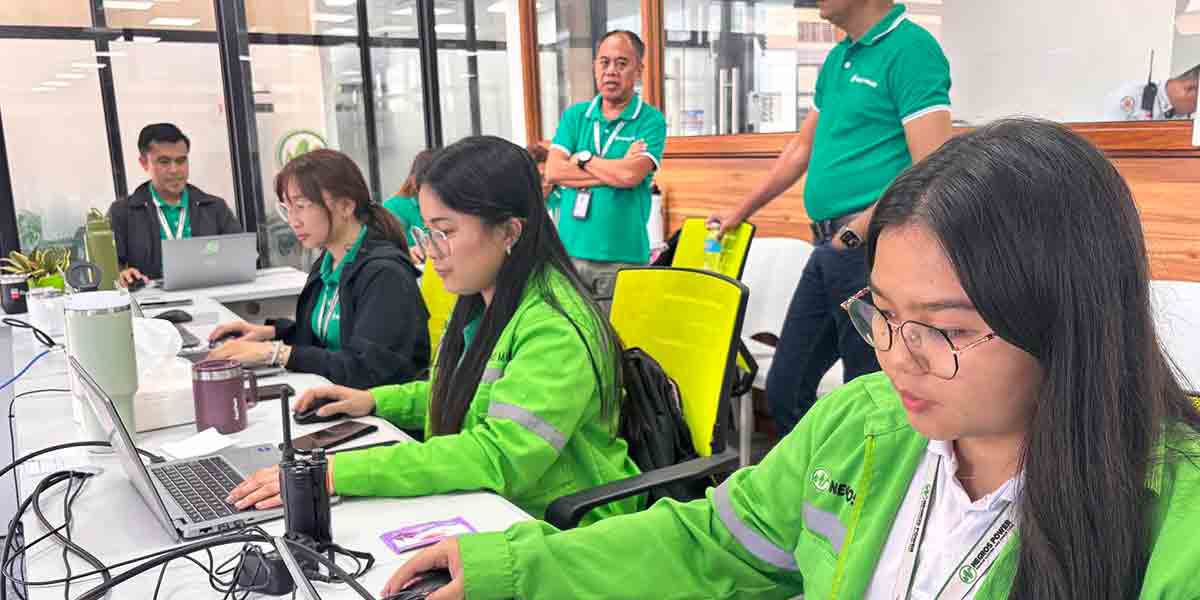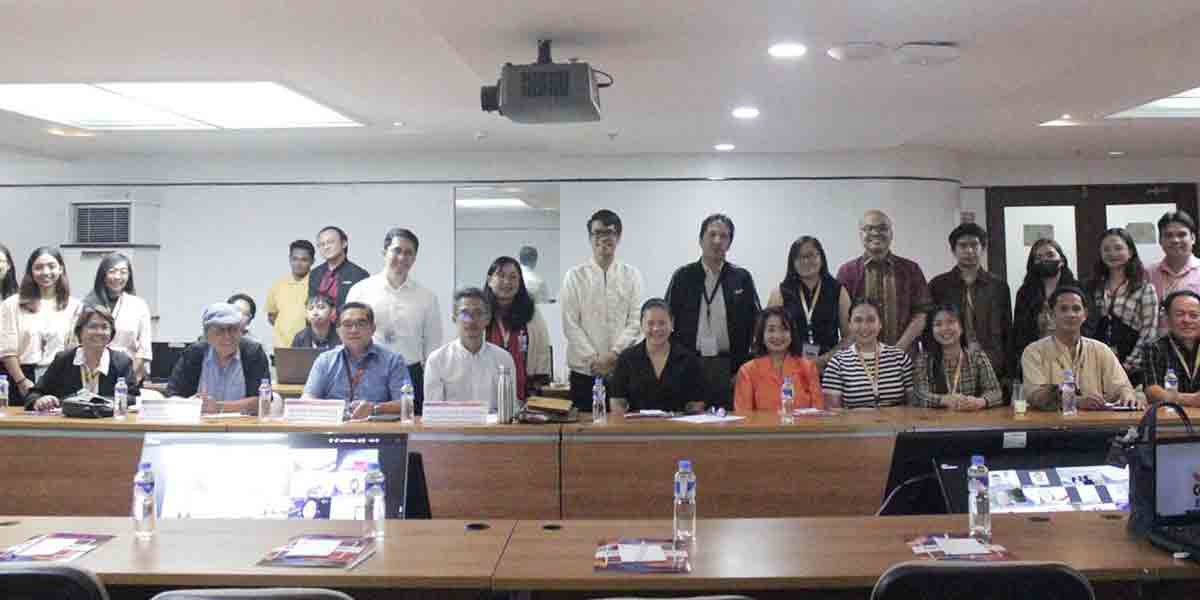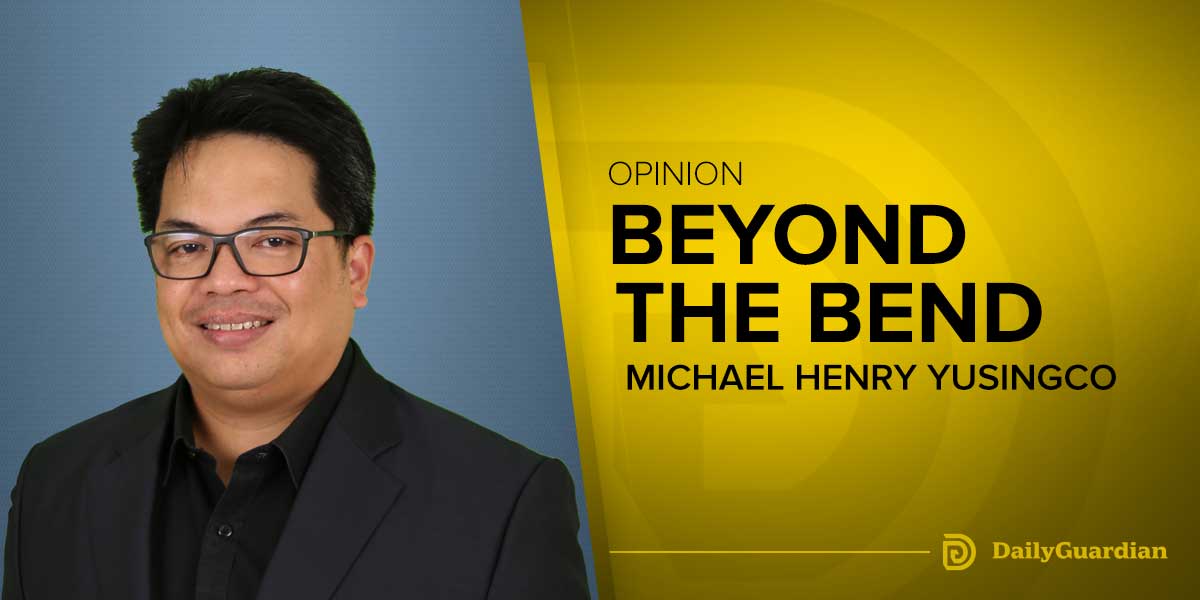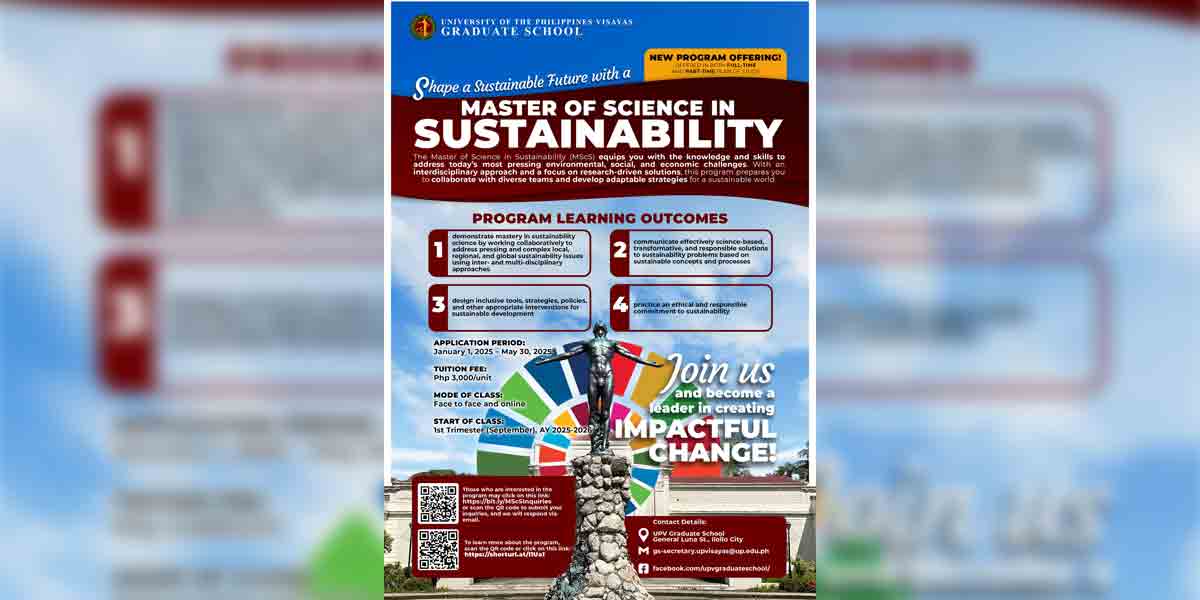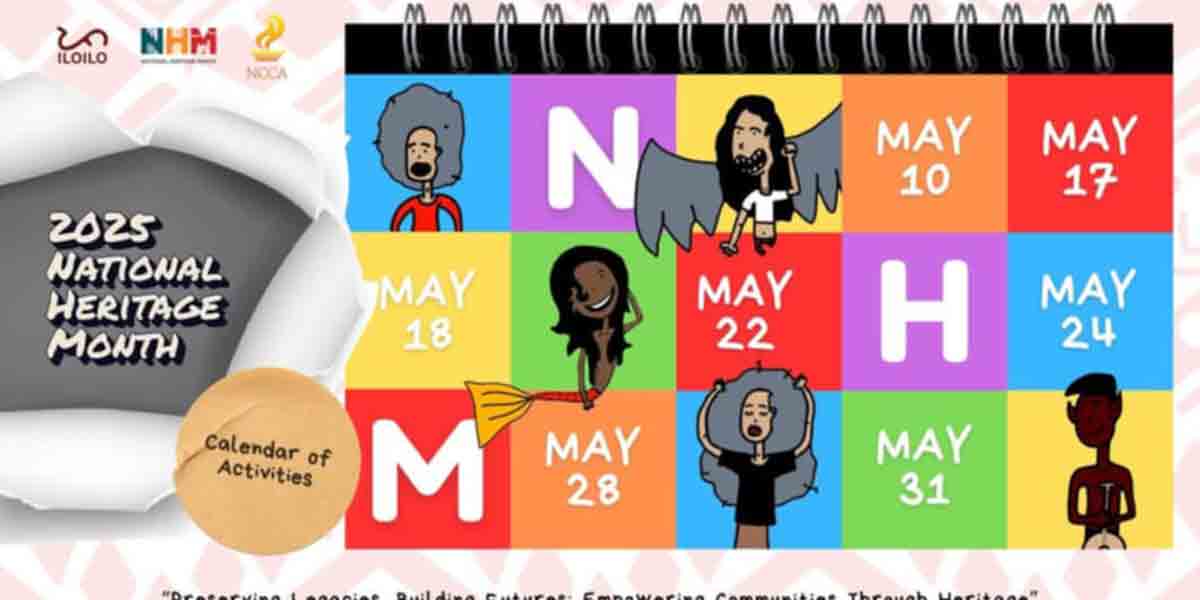By Engr. Carlos V. Cornejo
It’s an interesting title to a book “When”. It talks about when to do things or timing it perfectly that will get us an optimum output in our work and life in general. Daniel Pink, the author of this best-selling book, is on a roll of writing best-sellers. The previous ones were “Drive: The Surprising Truth about What Motivates Us” and “To Sell is Human: The Surprising Truth about Moving Others.” As with all of his other books, this one is brilliantly written—weaving in fascinating stories with solid science and practical tools we can readily apply. The following are his great ideas.
Give Yourself a Break
In a study made about Danish school children taking national standardized exams, those who take the tests in the afternoon score significantly worse than those who took it in the morning. To a school principal or education policy maker, the response seems obvious: Whatever it takes, move all tests to the morning. However, the researchers also discovered another remedy, one with applications beyond schools and tests, that is remarkably easy to explain and implement. When the Danish students had a twenty- to thirty-minute break ‘to eat, play and chat’ before a test, their scores did not decline. In fact, they increased. As the researchers note, ‘A break causes an improvement that is larger than the hourly deterioration.’ That is, scores go down after noon. But scores go up by a higher amount after breaks.
A growing body of research makes it clear: Breaks are not a sign of sloth but a sign of
strength. Apply this gem of a discovery by taking breaks while working or studying preferably every 25 minutes which study shows is more effective in terms of keeping the mind sharp and the body rejuvenated than hourly breaks.
Afternoon Nappuccino
The author calls it nappucino because it comes from napping and coffee (or cappuccino). Working hours after lunch is usually the toughest grind because we just had a boost of carbohydrates taken in the form of rice during lunch that makes us sleepy. To remedy that the author advises taking coffee 25 minutes before one in the afternoon, which is the usual time we go back to work, and combine that coffee intake with a nap. Caffeine in coffee normally kicks in 25 minutes after taking it. When you have a 25-minute nap plus caffeine the result would be a double boost of energy gets you through the afternoon toil.
Make it a Happy Ending
The author says, “When the workday ends, many of us want to tear away—to pick up children, race home to prepare dinner, or just beeline to the nearest bar. But the science of endings suggests that instead of fleeing we’re better off reserving the final five minutes of work for a few small deliberate actions that bring the day to a fulfilling close. Begin by taking two or three minutes to write down what you accomplished since the morning. Making progress is the single largest day-to-day motivator on the job. But without tracking our ‘dones,’ we often don’t know whether we’re progressing. Ending the day by recording what you’ve achieved can encode the entire day more positively. Science says: Endings matter a lot since all’s well that ends well.



